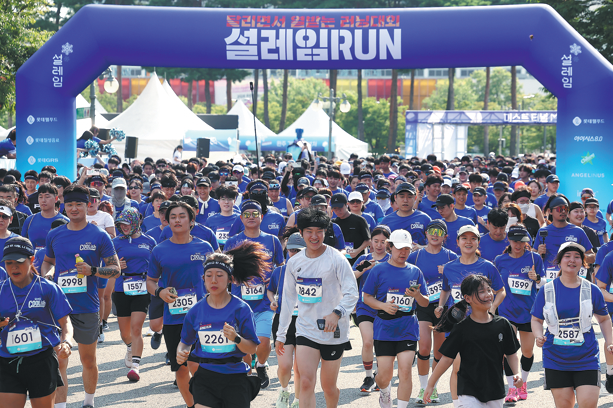QR code menus get both ayes and noes in Malaysia

Restaurants going digital with QR code menus are facing mixed reviews from people of different generations.
In Bayan Lepas, fusion restaurant operator Ted Soo, 37, was among the first in the area to adopt QR code menus. He said it has transformed his business.
"Years ago, I had 20 to 30-page menu books. Reprinting, especially hardcover menus, was expensive," he said. "With QR codes, everything is updated instantly and I don't print anything."
He admitted the system was costly to maintain, but it has paid off. "It was an investment and we make up for it through volume. Orders come in faster, customers don't need to wait and we turn over more tables during peak hours," he said.
Soo said QR code menus were not only for the young, as many in their 40s and 50s also used them. He said, "Once they know the steps, it becomes very easy."
Younger diners said QR code menus helped during busy hours.
Trainee nurse Hatie Sulaiman, 25, said QR codes were perfect when time was tight. "At lunchtime, you scan, choose your food, drinks, flavors and quantity. Order, eat and go," she said.
For marketing executive Alicia Lim, 28, the biggest advantage is accuracy. "You don't have to wait for someone to take your order. Everything is clearly listed and you can customize it without mistakes. It saves time and avoids miscommunication," she said.
A 25-year-old digital marketing freelancer, also from Penang, noted that QR code menus were helpful in easing the workload of restaurant staff. "Ordering through QR code helps the waiters, who are busy serving food and cleaning tables," she said.
Those who prefer placing orders with waiters instead of using QR code menus cite convenience, human interaction, and personal touch as plus points.
Fusion restaurant operator Warren Tan, who runs a business in Hutton Lane, said his customers prefer ordering from a menu, so he has never adopted QR codes. "Those in their 60s find the whole process troublesome and I would lose customers if I switched to digital," he said.
"Service providers charge for every scan, which is an added cost. I believe in personalized service and that is why many customers keep returning."
At his eatery, diners jot down the food code, flavors and quantity on a slip of paper, a method Tan said was fast and familiar.
For some, QR codes take away the personalized touch of dining.
Rethinam Pillay, 65, whose family runs Indian restaurants, said digital menus felt "alien" to him. "Why enter a restaurant, scan the menu, key in what I want and then pay for it? It's as though I'm not welcome. Personalized service matters when it comes to food," he said.
Retiree Alex Wong, 64, avoids restaurants with QR code menus, especially when dining with his 80-year-old mother.
"It is frustrating for both of us. My mother wants to tell the waiter exactly what she wants. QR code menus have too many steps, too many pages and very small fonts," he said.
A 23-year-old freelancer from Penang said ordering in person helped stimulate his appetite. "I enjoy looking at the food on display. It boosts my appetite. When I have to use my phone, I get distracted and end up losing focus on ordering."
In Petaling Jaya, Selangor, a writer who only wanted to be known as Syafiq, 33, said that being served by a waiter was efficient and saved him time. "When at mamak stalls, most of us know what we want to order, so talking to the waiter is much faster. But when you're unsure of what to eat, a QR code menu is helpful," he said.
Finance and admin intern Nur Syafinaz, 25, from Kuala Lumpur, prefers placing her orders with a waiter. "I like to personalize my order. Some digital menus don't have that option. When talking to a waiter, you can state your preferences," she said.
In Kedah, a 23-year-old student noted that not everyone has access to the internet or sufficient battery life when dining out. "Sometimes as students, we rely on WiFi or our phones are running low on battery. I'd rather order directly from the waiter," she said.
A 65-year-old associate professor at Albukhary International University, Alor Setar in Kedah, said personal interaction adds warmth to the dining experience. "It's always good to connect with another person rather than just interacting with a digital display," he said.
The Star, Malaysia































